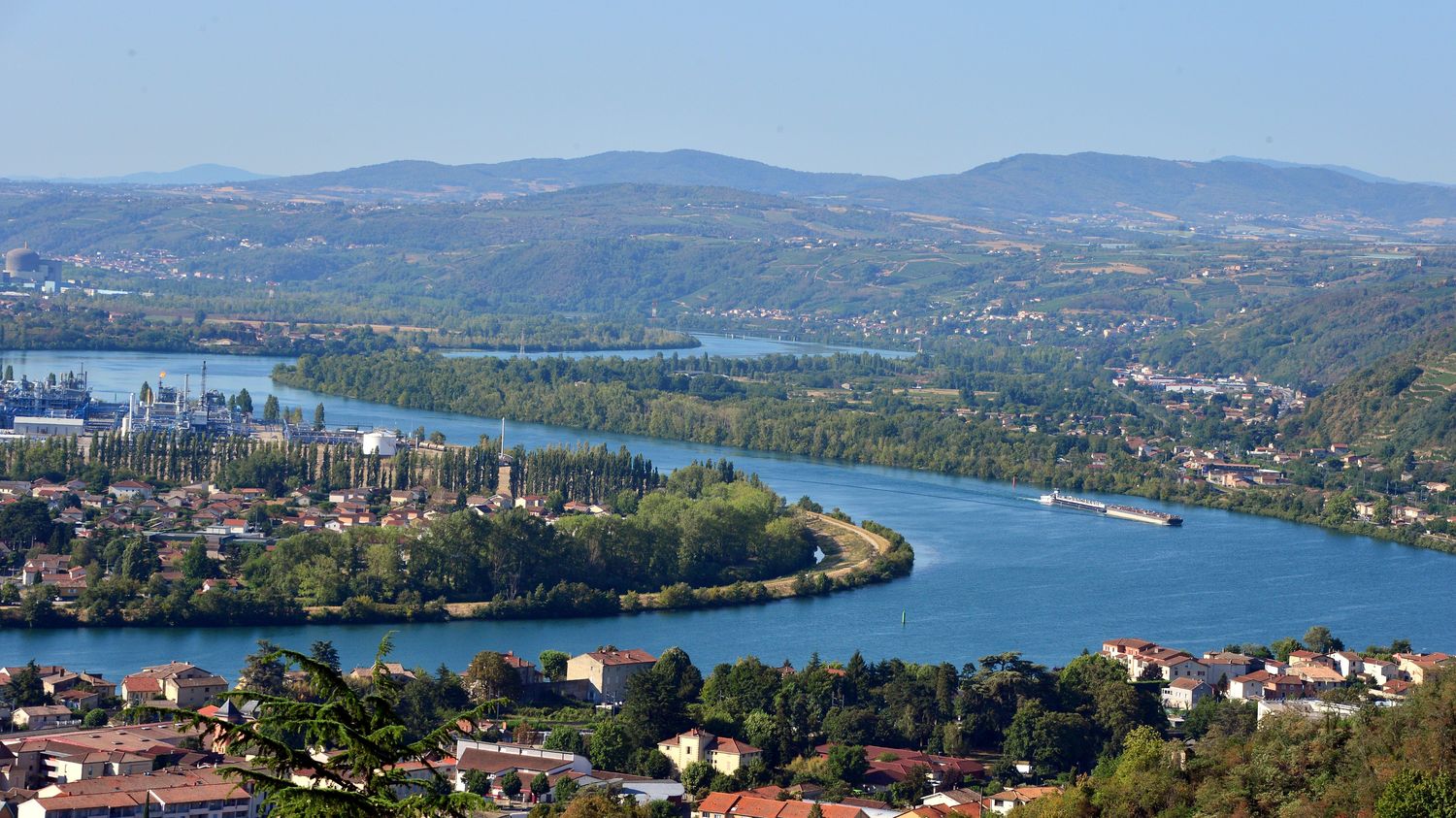According to a study by the Water Agency, the already effective reduction in the flow of the river must become “a collective concern”.
Article written by
Published
Update
Reading time : 1 min.
With climate change, the flow of the Rhône could drop by up to 20% in the next thirty years, warns the Water Agency in a study published on Friday March 3. Under the effect in particular of rising air temperatures (+1.8°C on average between 1960 and 2020), the drying of the soil or even the drop in the quantity of snow, the reduction in the flow of river “become a collective concern”summarizes this study.
>> Drought: we explain to you why the soils are sorely lacking in water
Low water flows, that is to say the lowest water level, have already dropped by 7% at the exit of Lake Geneva and by 13% in Beaucaire, in the Gard, near the Camargue, underlines the Rhône-Mediterranean-Corsica Water Agency. The projections suggest “an additional 20% drop in average summer flows in Beaucaire over the next thirty years”. And “the fall in low water flows will even be much greater on certain tributaries of the Rhône, around 40% on average for Isère and 30% for Drôme and Durance”warns the Agency.
A “resource” that is not “inexhaustible”
Ihe drop in the flow of the Rhône will in particular generate “increased operating constraints for nuclear power plants with an open cooling circuit”according to the Water Agency. If he “will remain a powerful river in the medium term, with generally high flows”the Rhône “does not escape the question of sharing water resources” And “can no longer be managed as an inexhaustible resource”emphasizes Laurent Roy, Director General of the Agency. “The search for more sober practices and the fight against waste are useful for the future”he adds.
